Dozens of satellites joining Vega's rideshare to space
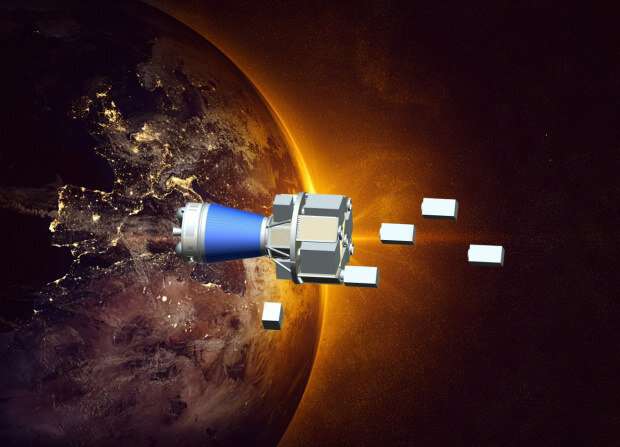
More than 40 satellite missions will be launched at once by Europe's Vega launcher this autumn, thanks to the innovative modular "Lego-style" dispenser resting on its upper stage.
Up until now the smallest classes of satellites—all the way down to tiny CubeSats, built from 10 cm modular boxes—have typically piggybacked to orbit. They have to make use of any spare capacity as a single large satellite is launched, meaning their overall launch opportunities are limited.
"The new Vega Small Spacecraft Mission Service (SSMS) switches this into a rideshare model, with multiple small satellites being flown together, splitting the launch cost through economy class tickets," comments Giorgio Tumino, managing ESA's Vega development programmes.
"Our development of this new SSMS dispenser—able to group together different satellites from 1 kg to 400 kg in mass—is a response to the market for these small- and micro-satellite missions, which has grown exponentially in recent years."
The inaugural proof of concept flight of Vega's SSMS dispenser will take place this September, with 41 separate passengers: seven small satellites plus 35 CubeSats in all. Included in that total are a trio of ESA CubeSats: the SIMBA mission studying Earth's radiation budget, ozone-measuring Picasso and PhiSat, investigating the application of artificial intelligence to Earth observation.
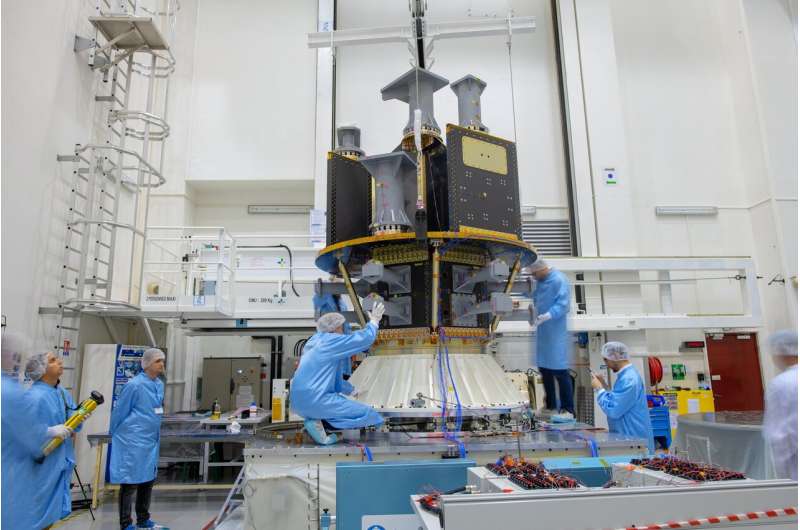
Giorgio adds: "Regular follow-on SSMS flights are planned for 2020 on, once the more powerful Vega-C launcher begins operations. This will offer an extra 700 kg of capacity and enlarged volume within a wider launcher fairing—at the same Vega launch cost as before—so we will be able to fly even more passengers per individual SSMS launch at significant lower cost per kilo."
The SSMS dispenser has been designed to be as market-responsive as possible, able to accommodate any combination of customers, from a main large satellite with smaller companions as piggy back to multiple smaller satellites, or dozens of individual CubeSats.
"The idea of how to do this came out of an ESA study," says Giorgio. "Basically the SSMS is composed of different modular parts, which can be put together as needed, Lego-style: a central column, tower or hexagon, a supporting platform, adjustable rods and dividers."
In a first for any ESA launcher, part of the payload integration takes place in Europe, streamlining the cost and effort required by lean small satellite companies. Satellites are placed onto the lower part of the SSMS by its manufacturer, SAB Aerospace in the Czech Republic, with the top-level satellites added at Europe's Spaceport in Kourou, French Guiana ahead of launch.

This inaugural flight will deliver all its passengers to the same 550 km altitude "Sun synchronous orbit," remaining lined up with the Sun for optimal Earth observing conditions. But in future Vega could deliver satellites to three separate orbits per SSMS flight.
Once its target orbit is achieved the SSMS, controlled through the avionics systems in Vega's Attitude & Vernier Upper Module (AVUM) upper stage, will deploy its satellites in coordinated fashion, with carefully planned delays in between each separation. In a matter of minutes they will all be pushed away smoothly using springs.
When deployment is completed the AVUM will deorbit itself and its SSMS dispenser, fulfilling stringent international space debris regulations governing low-Earth orbit.
The three-stage solid propellant Vega launcher with a liquid-fueled re-ignitable AVUM upper stage has been flying since 2012. Its SSMS dispenser is only one of a range of current developments, to allow Vega to respond to the full portfolio of market needs.
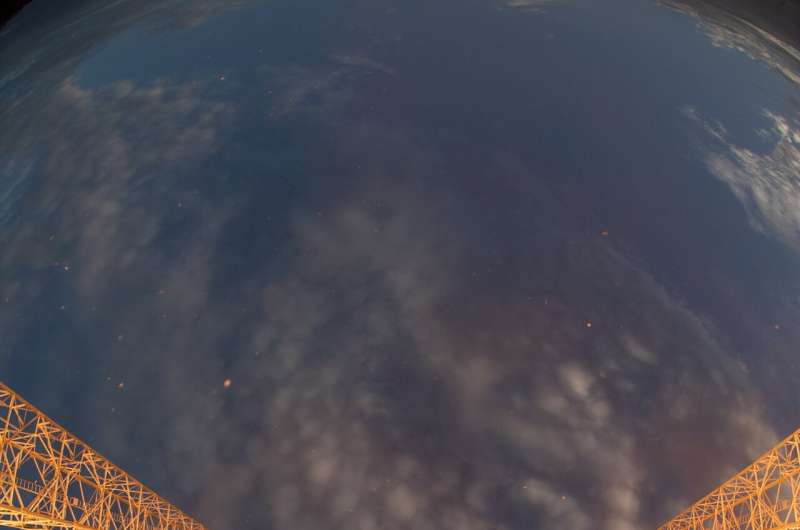
"We aim to affordably fly everything from a 1-kg CubeSat all the way up to a 2.3-tonne satellite, with still greater capacity on the way through our Vega Evolution programme.
"And as well as the SSMS for several small payloads, we have the Vespa adapter for dual medium size payloads, in addition to the baseline Vampire adapter for single large payloads. The reusable Space Rider system is also under development for payloads requiring return to Earth, as well as the Venus electric-propulsion module under definition for missions to higher orbits."
Adding to Vega's competitiveness is a perfect safety record, with 14 out of 14 launches successful. "ESA, our prime contractor Avio and all our partner companies are fully committed to delivering a successful product," says Giorgio.
"And ESA's core Vega Integrated Programme Team at ESRIN draws expertise from wherever is available, working closely with ESA's Directorate of Technology Quality and Engineering and Directorate of Operations, Italian space agency ASI and French space agency CNES. Working with all the best available competencies in Europe is a strong reason for our success to date."
-
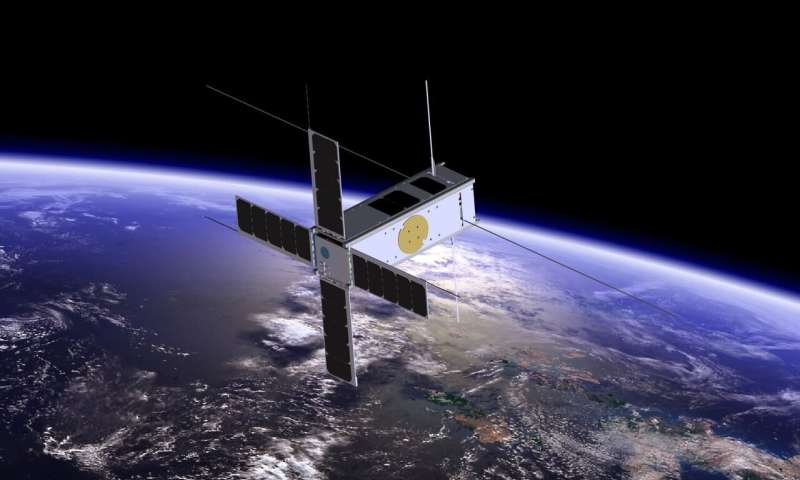
Picasso CubeSat. Credit: BISA -
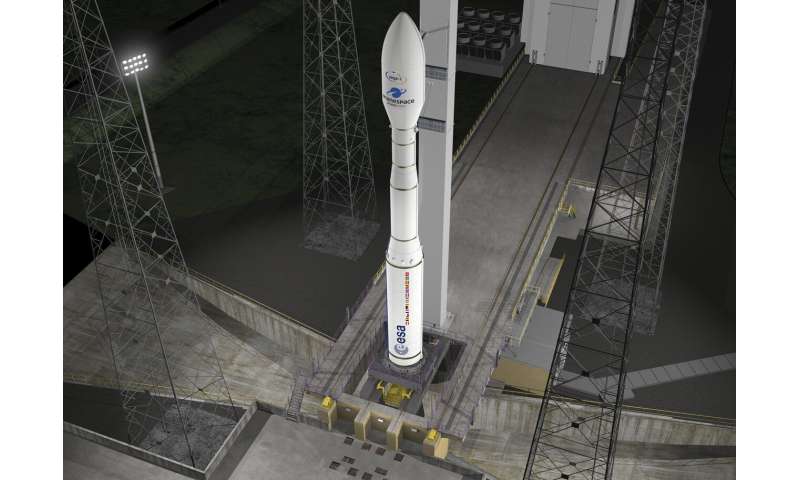
Artist's view of Vega-C. Credit: ESA–Jacky Huart, 2017 -
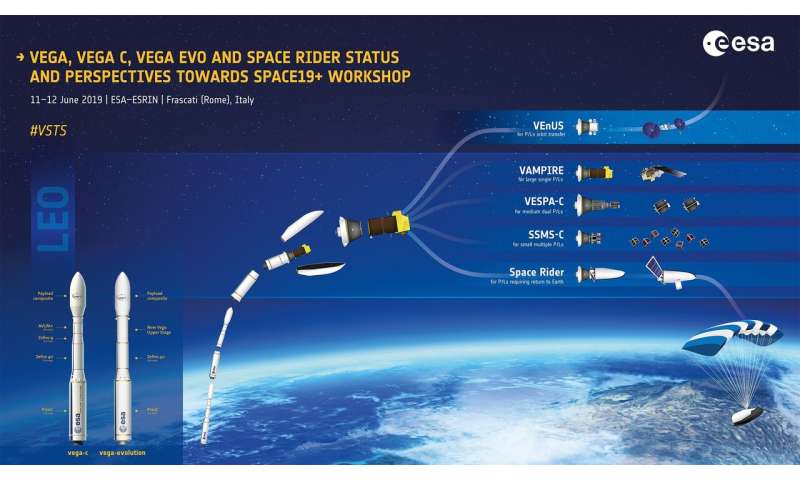
Vega payload carriers and Space Rider. Credit: European Space Agency
Provided by European Space Agency





















